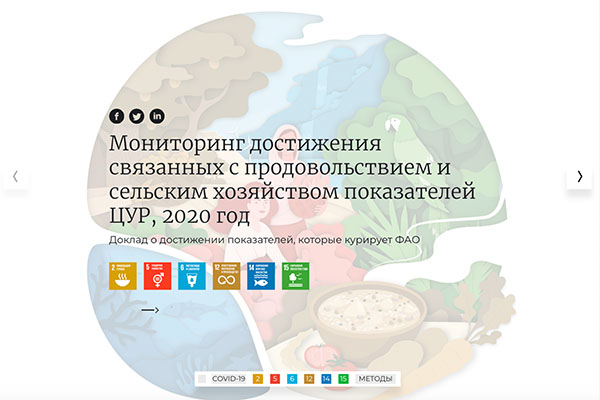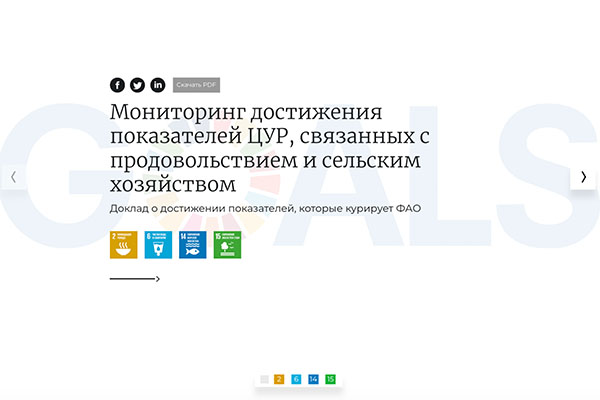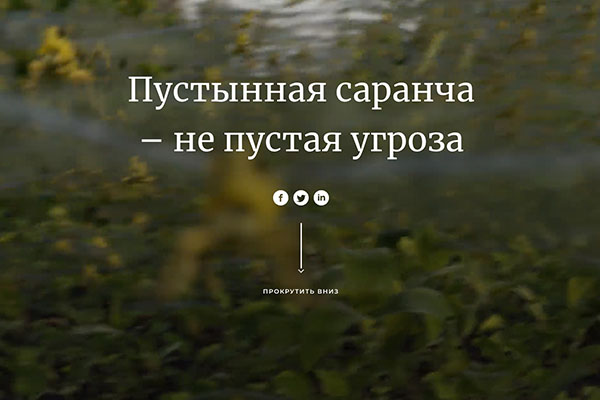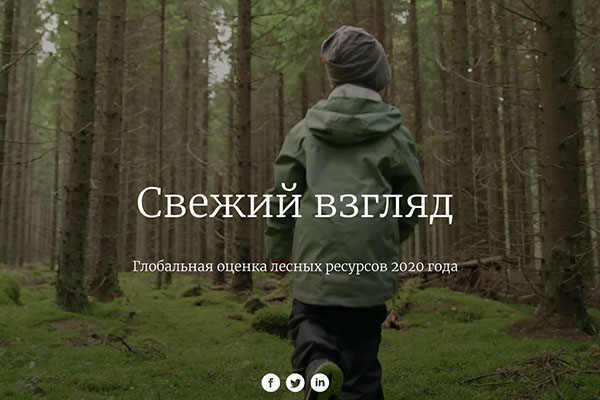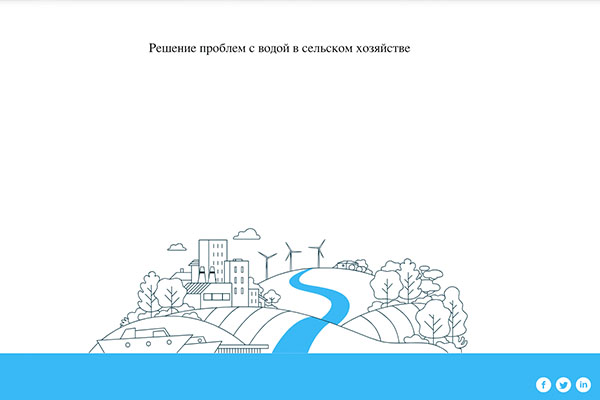Интерактивные ресурсы
Откройте для себя мир продовольствия и сельского хозяйства с помощью интерактивных историй и данных. Наши интерактивные ресурсы позволят вам погрузиться в наиболее важные вопросы. Независимо от того, являетесь ли вы исследователем, политиком или просто заинтересованы в этих важных темах, вы сможете найти историю, которая заинтересует и вдохновит. Больше интерактивных материалов доступно на английском языке.
Последние

Использование технологий и инноваций для преобразования наших лесов
Леса - один из важнейших источников ресурсов на нашей планете. Однако им все в большей степени угрожают изменение климата и последствия деятельности человека
2024
Мировые лидеры взяли на себя обязательство остановить обезлесение и восстановить 1 миллиард гектаров деградированных земель к 2030 году. Для достижения этой цели странам необходимы данные о лесах, которые позволят оценить прогресс и принять меры на местах. Именно здесь на помощь приходит Open Foris.
Что не показывает ценник товара
Рассмотрение скрытых издержек агропродовольственных систем для полного отражения их реальной ценности
2023
РУзнайте, какие скрытые издержки скрываются за вашими счетами за продукты! Прочитайте интерактивную историю ФАО.
Узнай секреты мангрового леса
Картирование и отслеживание состояния мангровых лесов для сохранения этих экологических сокровищ
2023
Мангровые леса - это экосистемы, которые защищают нас от последствий изменения климата, поддерживая источники средств к существованию, биоразнообразие. Впервые ФАО и эксперты составили карту современного состояния мангровых лесов и их изменения с течением времени.
Как сделать школьное питание вкусным
Признание важности работы сотрудников школьных пищеблоков
2023
Если вам интересно, как сделать школьную еду вкусной и питательной, ознакомьтесь с интерактивной историей! Мы попросили сотрудников школьных пищеблоков со всего мира поделиться своими лучшими советами и рекомендациями.
Миграция и развитие сельских территорий
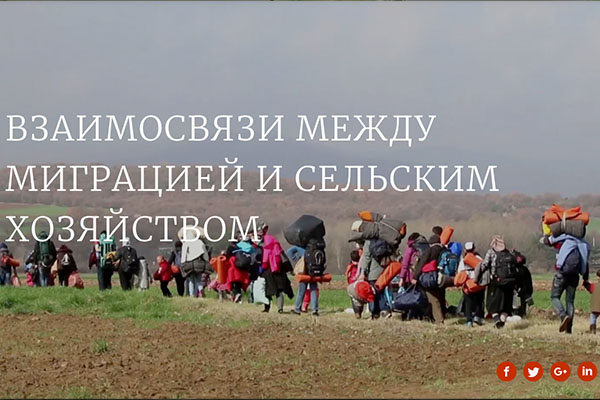
Миграция, сельское хозяйство и развитие сельских районов
2018
В докладе содержится тщательный анализ факторов, способствующих принятию решений по вопросам миграции, в сельских районах и рекомендации в отношении целенаправленных мер политики и инвестиций, призванных обеспечить эффективность миграции для всех.
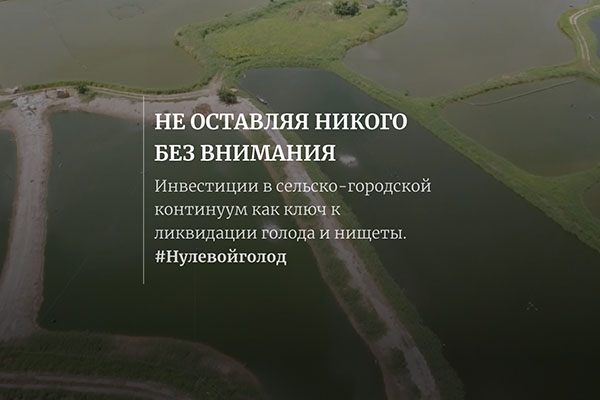
Использование продовольственных систем для всеобъемлющих преобразований в сельских районах
2017
Не оставляя никого без внимания: инвестиции в сельско-городской континуум как ключ к ликвидации голода и нищеты.
Партнерство и ЦУР
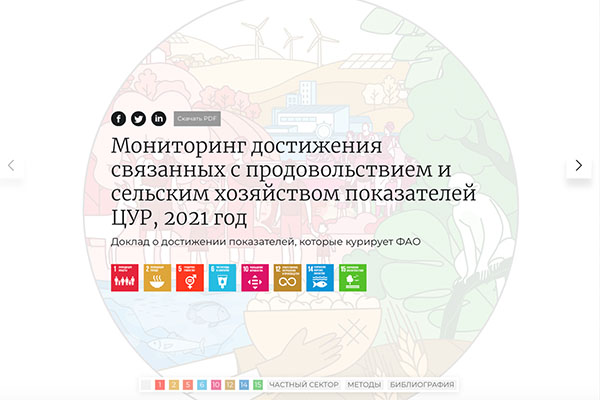
Мониторинг достижения связанных с продовольствием и сельским хозяйством показателей ЦУР
Доклад о достижении показателей, которые курирует ФАО
2021
Пандемия поставила под угрозу осуществление Повестки дня в области устойчивого развития на период до 2030 года, и поскольку она не прекращается, ее влияние на ход достижения целей в области устойчивого развития (ЦУР) во всей его полноте еще только предстоит оценить. Хотите узнать больше о нашей работе по достижению ЦУР?
Ознакомьтесь с отчетами о проделанной работе, начиная с 2022 года, здесь.
Ресурсы, партнерские отношения - Воздействие
2020
В докладе «Ресурсы, партнерские отношения - Воздействие 2020» раскрыто, как ФАО сотрудничала с многочисленными заинтересованными сторонами в 2019 году, максимально развивала партнерские отношения для достижения более существенных результатов на местах.
Мониторинг достижения связанных с продовольствием и сельским хозяйством показателей ЦУР
2020
В настоящем докладе подробно описан прогресс, достигнутый за 2019 год в достижении курируемых ФАО целей, включая ЦУР 2 (Ликвидация голода), ЦУР 5 (Гендерное равенство) и ЦУР 12 (Ответственное потребление и производство).
Мониторинг достижения показателей ЦУР, связанных с продовольствием и сельским хозяйством
2019
Настоящий доклад призван помочь странам вернуться в русло прилагаемых усилий и подчеркнуть важность данных и отчетности для достижения этих целей.
Продовольствення безопасность

О проблеме пустых тарелок
Продовольственная безопасность и питание в мире
2022
Ознакомьтесь с последними данными о ситуации в мире. Пора положить конец проблеме пустых тарелок.
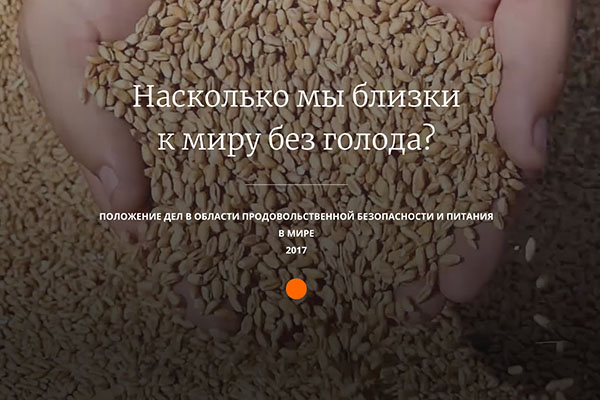
Насколько мы близки к миру без голода?
Повышение устойчивости к внешним воздействиям в целях обеспечения мира и продовольственной безопасности
2017
Настоящий выпуск доклада “Положение дел в области продовольственной безопасности и питания в мире” призван стать предупреждением: долгосрочная тенденция к сокращению масштабов недоедания, как кажется, затормозилась и, возможно, обратилась вспять, в первую очередь, в связи с обозначенными выше факторами.
Школьное питание
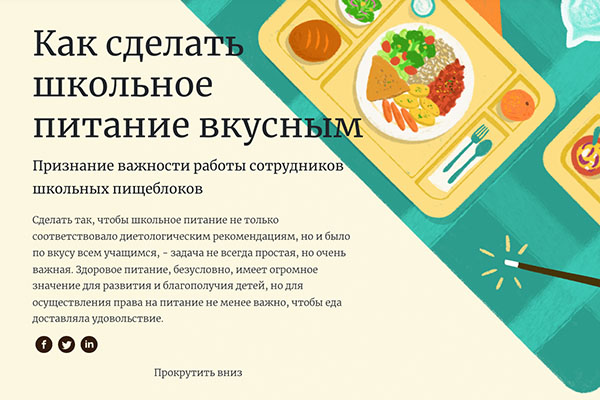
Как сделать школьное питание вкусным
Признание важности работы сотрудников школьных пищеблоков
2023
Если вам интересно, как сделать школьную еду вкусной и питательной, ознакомьтесь с интерактивной историей! Мы попросили сотрудников школьных пищеблоков со всего мира поделиться своими лучшими советами и рекомендациями.
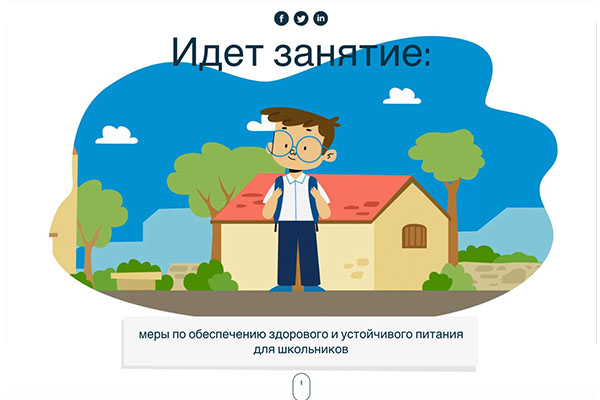
Идет занятие
Меры по обеспечению здорового и устойчивого питания для школьников
2021
Здоровое питание необходимо для школьников и подростков, оно обеспечивает рост, развитие и защиту от болезней. Узнайте, как вы можете внести свой вклад в обеспечение здорового школьного питания.
Прочие темы
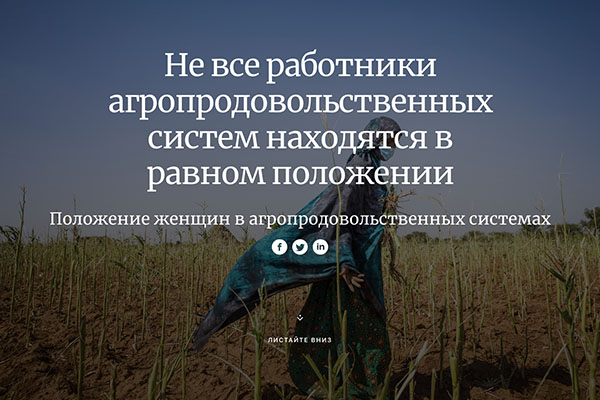
Не все работники агропродовольственных систем находятся в равном положении
Положение женщин в агропродовольственных системах
2023
Женщины играют важную роль в наших агропродовольственных системах, но гендерное неравенство влияет на условия их труда и экономические возможности. Ознакомьтесь с интерактивной историей.
Пустынная саранча – не пустая угроза
2022
Что на самом деле представляет из себя пустынная саранча и почему ее нашествия столь опасны? Давайте познакомимся поближе с этим прожорливым насекомым.
Глобальная оценка лесных ресурсов
Свежий взгляд
2020
Глобальная оценка лесных ресурсов 2020 анализирует состояние лесов и исследует динамику изменений лесных ресурсов в 236 странах и территориях в период с 1990 по 2020 год.
Решение проблем с водой в сельском хозяйстве
2020
Наша интерактивная история рассматривает водные проблемы в сельском хозяйстве и предлагает соответствующие решения.
Курс на сокращение потерь и порчи продовольствия 2019В докладе 'Положение дел в области продовольствия и сельского хозяйства — 2019' приводятся новые оценки потерь продовольствия от производства до розничного уровня.
|


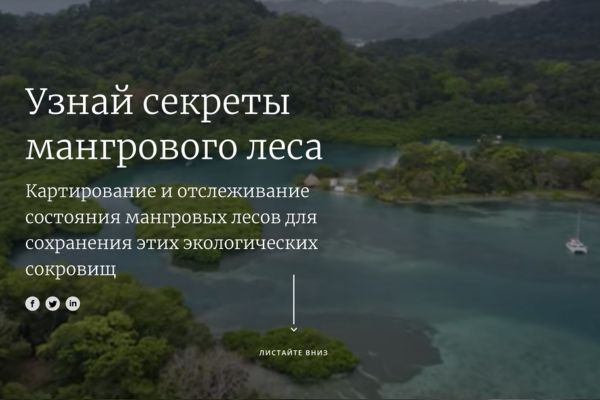
.jpg?sfvrsn=210075ab_1)
